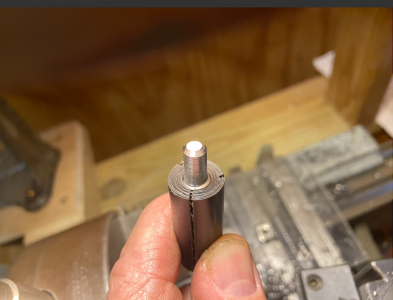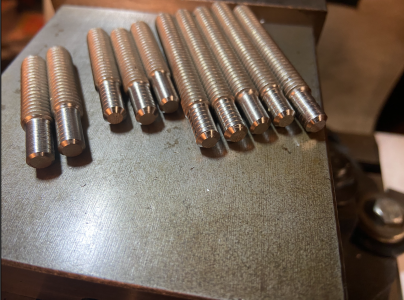- Joined
- Mar 3, 2017
- Messages
- 806
Yes, that's what I say; the issue is that you want the threaded workpiece NOT to shift, so any torsion caused by the cutter shouldAre you saying it's better to pinch just the front of the work near cutter? With a straight rod I would want maximum engagement in the holder wether it's in a jaw, collet or coupling. Standard disclaimer here, I am not an engineer!
not twist the work, which is what the distal-end clamping encourages. Proximal-end clamping means the torsion
only acts on the extended work (where the cutting forces occur) and that keeps the springiness of the workpiece out
of the problem.
Work holding is most effective near the cut location. Holding elsewhere encourages deflection.




